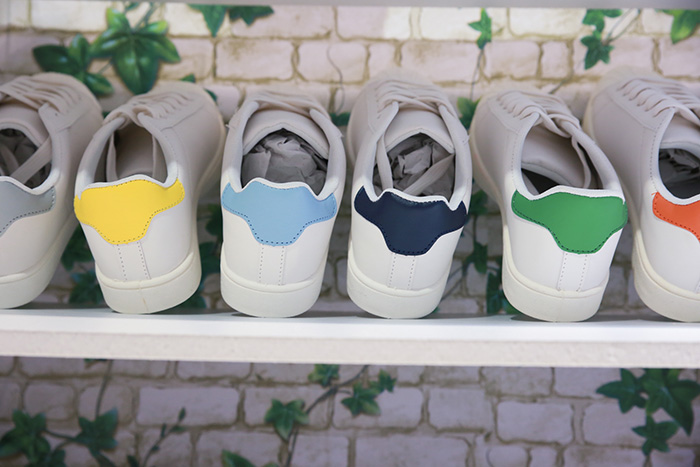Footwear recorded robust value growth of 7% in 2016 due to growing demand for high-quality and sophisticated products. Indonesia is ranked among the world’s top six of largest footwear exporters after China, Italy, Vietnam, Germany and Belgium with a value of exported shoes of USD $5 billion in 2016, 661 million pairs of footwear, a 2.9 percent increase year on year (yoy) according to the Indonesian Ministry of Industry.
1 billion pairs of shoes were manufactured during that period, making Indonesia the fourth largest producer with a 4.4% world share. Exports of footwear from Indonesia could reach 8 billion US dollars per year in a foreseeable future.
15 new footwear factories have become operational in Indonesia in 2016, the majority of these new plants involving foreign investors from China, South Korea, and Taiwan with a required combined investment value of USD $1.5 billion. According to the Advisory Council Head of the Indonesian Footwear Association (Aprisindo), these factories will soon have a large production capacity at an average of between 10 – 15 million pairs of shoes per year and are all export-oriented.
One of the new aforementioned factories is owned by Pou Yuen Indonesia in Cianjur, West Java, which will employ 13,000 workers over the next five years. The production capacity for its Adidas sport shoes is 10 million pairs per year (See Sportswear to be a Winner in Indonesia). Another new addition is a facility owned by KMK Global Sports which manufactures shoes and sandals for famous brands such as Nike, Converse, and Hunter. The factory produces 15.6 million pairs of shoes per year and 2 million pairs of sport sandals every year.
Indonesia footwear exports
About 31 percent of Indonesia’s total footwear exports are shipped to the USA, followed by European Union (Belgium, Germany and United Kingdom) with 27 percent of the total. The remainder of Indonesia’s shoe exports goes to China, Japan, Middle East and Africa.
The ministry wants to attract USD $188.67 million in investments into the sector this year. Seven shoemakers and leather processors have stated commitments to invest $262.18 million in 2017 and 2018 (bbn).
Competitive advantages
- Strong support from the Indonesian government which has named the footwear industry as one of its priorities for development by 2021. The government has the goal to increase exports over the forecast period.
- According to the Indonesian Footwear Association (Aprisindo), local footwear factories in Indonesia are currently only operating at a utilization rate of between 50 and 60 percent, implying a significant portion of local production capacity in the shoe industry remains unused.
- As Indonesia’s economic trajectory improves and domestic demand picks up again, the country will once again become a highly-attractive market as both retail and manufacturing base. The country’s growing middle-class is increasingly seeking out brands that offer quality and comfort in addition to being competitively-priced. This will open up opportunities for global brands as well as the emergence of further local brands that can match up with the preferences and demands of the Indonesian consumer.
Industry composition
- Big global players, such as Nike Inc as well as several companies from China and South Korea, all have production facilities in Indonesia as the country’s labour costs are relatively low.
- 15 new footwear factories have become operational in Indonesia in 2016, the majority of these new plants involving foreign investors from China, South Korea, and Taiwan with a required combined investment value of USD $1.5 billion. According to the Advisory Council Head of the Indonesian Footwear Association (Aprisindo), these factories will soon have a large production capacity at an average of between 10 – 15 million pairs of shoes per year and are all export-oriented.
- The footwear industry in Indonesia today consists of more than 250 registered industries. These are however concentrated in the island of Java, and include such major cities and urban centers, e.g. Jakarta, Bekasi, Tangerang, Yogyakarta, Surabaya, Sidoarjo, Bandung and Garut.
- Small manufacturers typically cater to domestic markets.
- Medium to large-sized manufacturers typically have some of their manufacturing capacities used for catering to foreign orders. While manufacturing for the foreign market remains strong, most large internationally-exposed manufacturers however, also produce for the local market. This will help them to cushion any hard impacts from the fluctuations of foreign demands.




